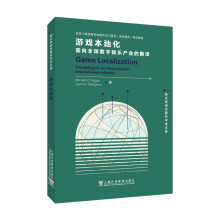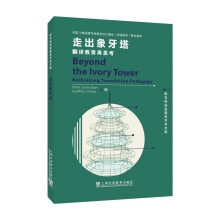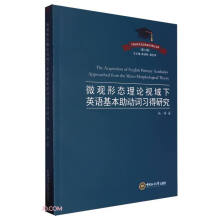Contents
Preface xxxiii
Acknowledgements xxxiv
1 What is pragmatics? 1
1.1 Introduction 1
1.2 Defining pragmatics 1
1.3 From abstract meaning to contextual meaning 2
1.4 Utterance meaning: the first level of speaker meaning 16
1.5 Force: the second level of speaker meaning 18
1.6 Definitions of pragmatics (revisited) 21
1.7 Summary 23
2 Speech acts 28
2.1 J. L. Austin 28
2.2 Ordinary language philosophy 29
2.3 Logical positivism and truth conditional semantics 29
2.4 The performative hypothesis 32
2.5 Utterances as actions 49
2.6 Conclusion 51
3 Conversational implicature 55
3.1 Introduction 55
3.2 H. P. Grice 56
3.3 Implicature 57
3.4 The Cooperative Principle 61
3.5 The four conversational maxims 63
3.6 Flouting a maxim 65
3.7 Other categories of non-observance of the conversationalmaxims 72
3.8 Testing for implicature 78
3.9 Conclusion 84
4 Approaches to pragmatics 87
4.1 Introduction 87
4.2 Problems with Grice's theory 87
4.3 Grice's informal approach 93
4.4 J. R. Searle 93
4.5 Searle’s formal approach to the categorization of speech acts 105
4.6 Rules versus principles 107
4.7 Conclusion 114
5 Pragmatics and indirectness 119
5.1 Introduction 119
5.2 Pragmatics and indirectness 119
5.3 How do we know how indirect to be? 124
5.4 Measuring indirectness 133
5.5 Why use indirectness? 142
5.6 Conclusion 146
6 Theories of politeness 149
6.1 Introduction 149
6.2 Delimiting the concept of politeness 149
6.3 Politeness explained in terms of principles and maxims 158
6.4 Politeness and the management of face 168
6.5 Politeness viewed as a conversational contract 176
6.6 Politeness measured along pragmatic scales 177
6.7 Conclusion 178
7 The construction of meaning 183
7.1 Introduction 183
7.2 How does pragmatics fit into linguistics? 184
7.3 Pragmatics versus sociolinguistics 185
7.4 Activity types versus speech events 187
7.5 The construction of meaning 195
7.6 What counts as evidence in pragmatics? 204
7.7 Conclusion 208
References 211
Index of names 219
Index of subjects 221
展开










